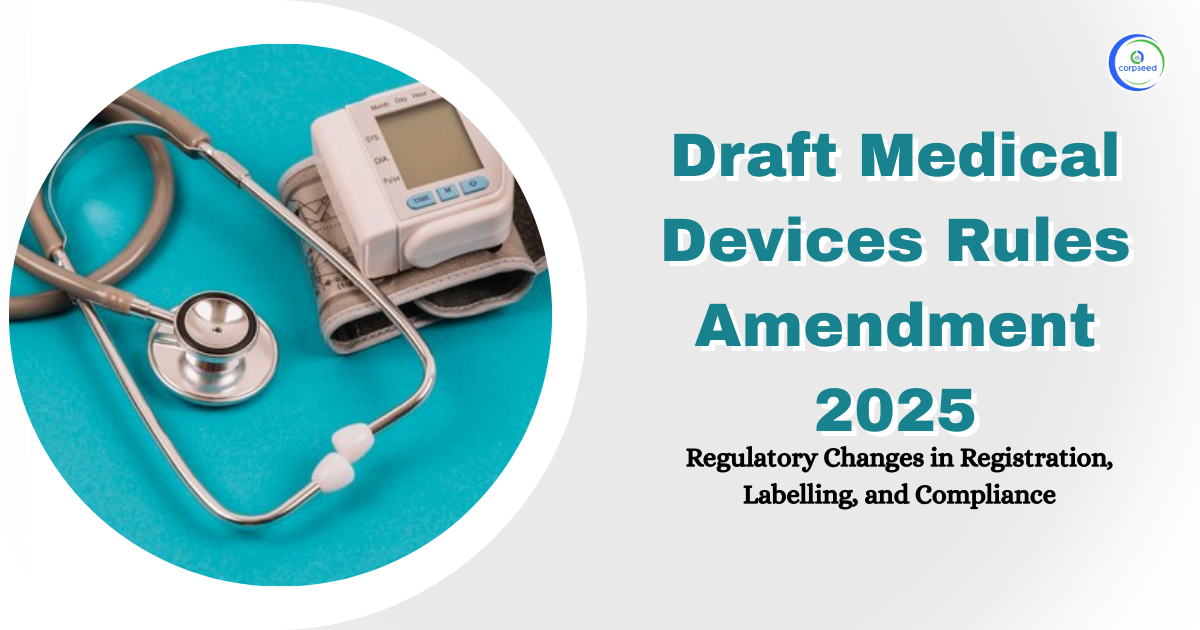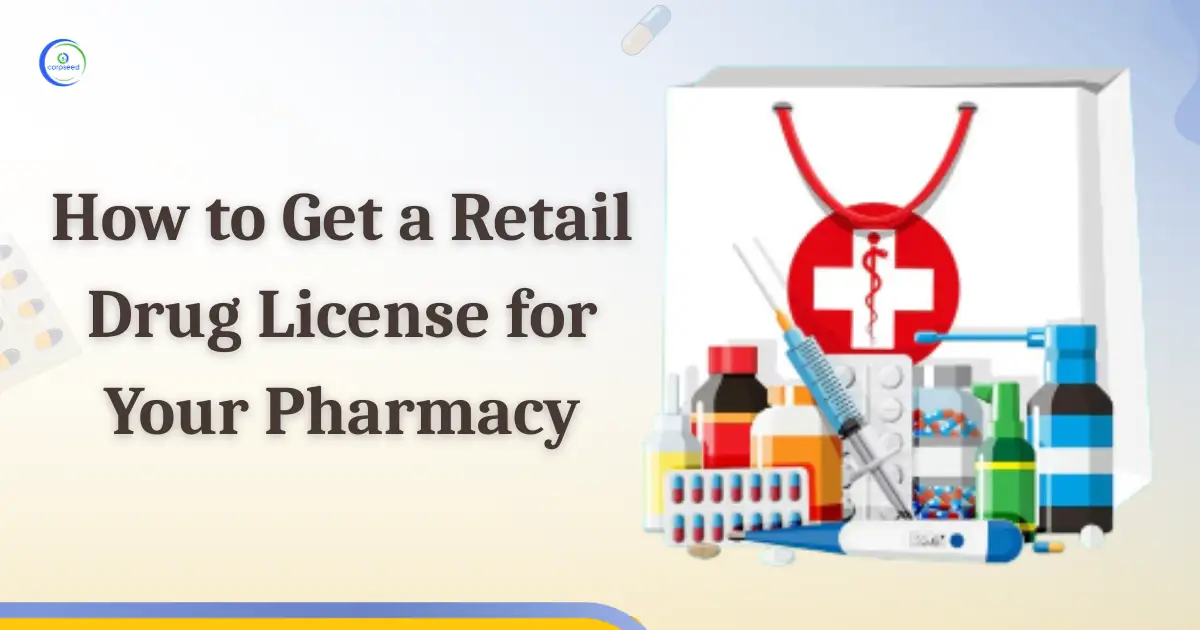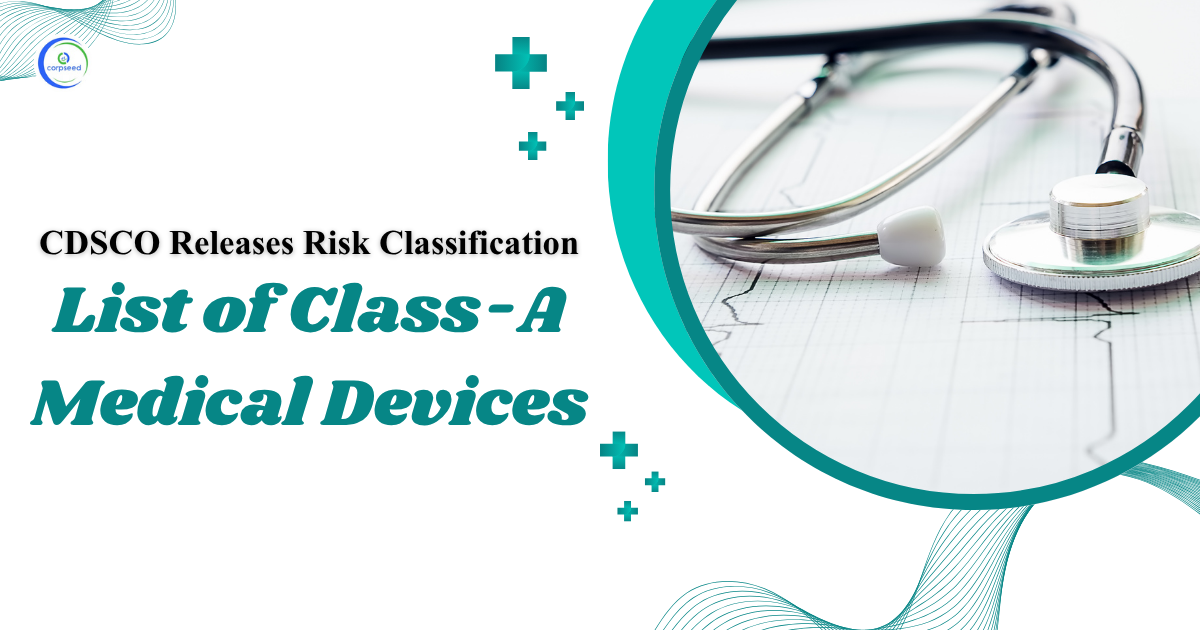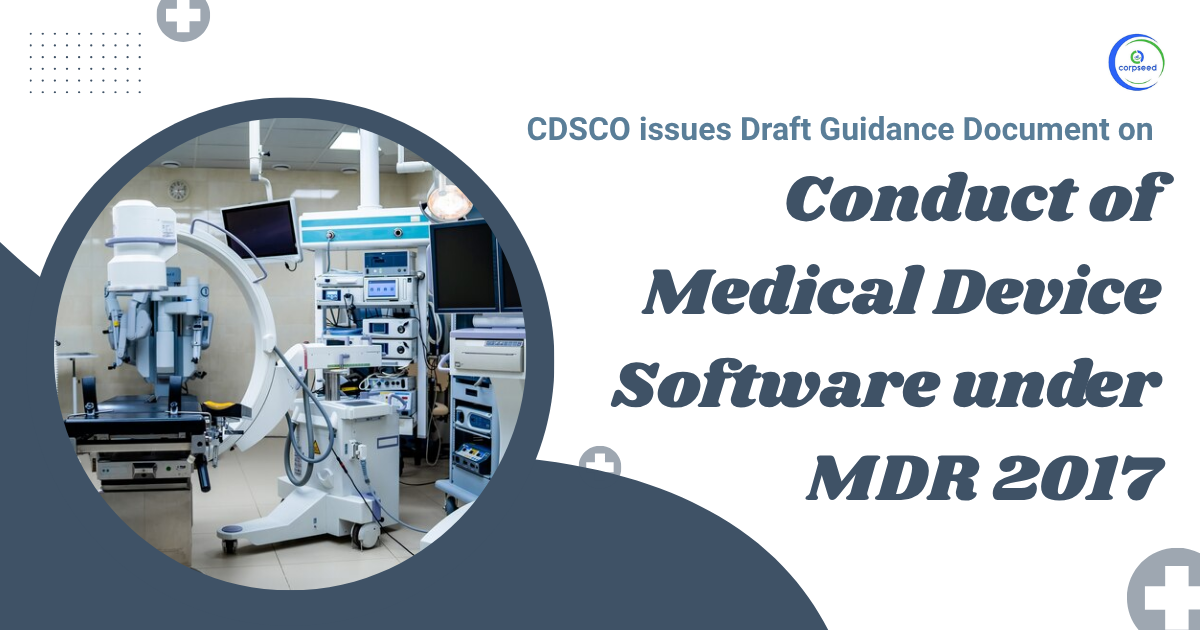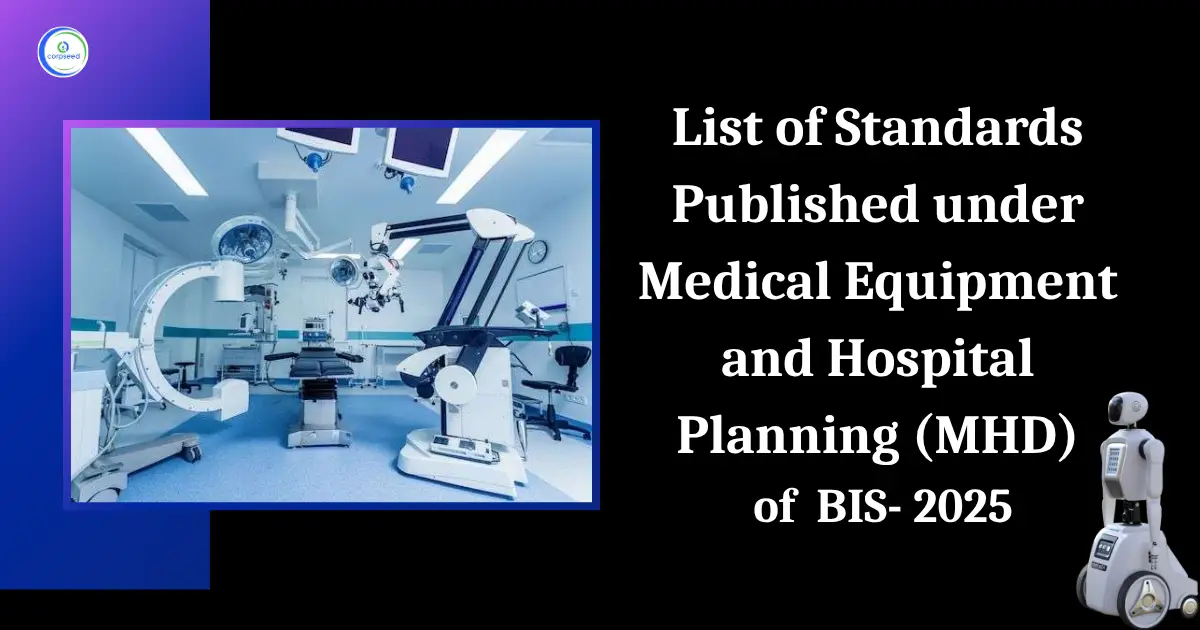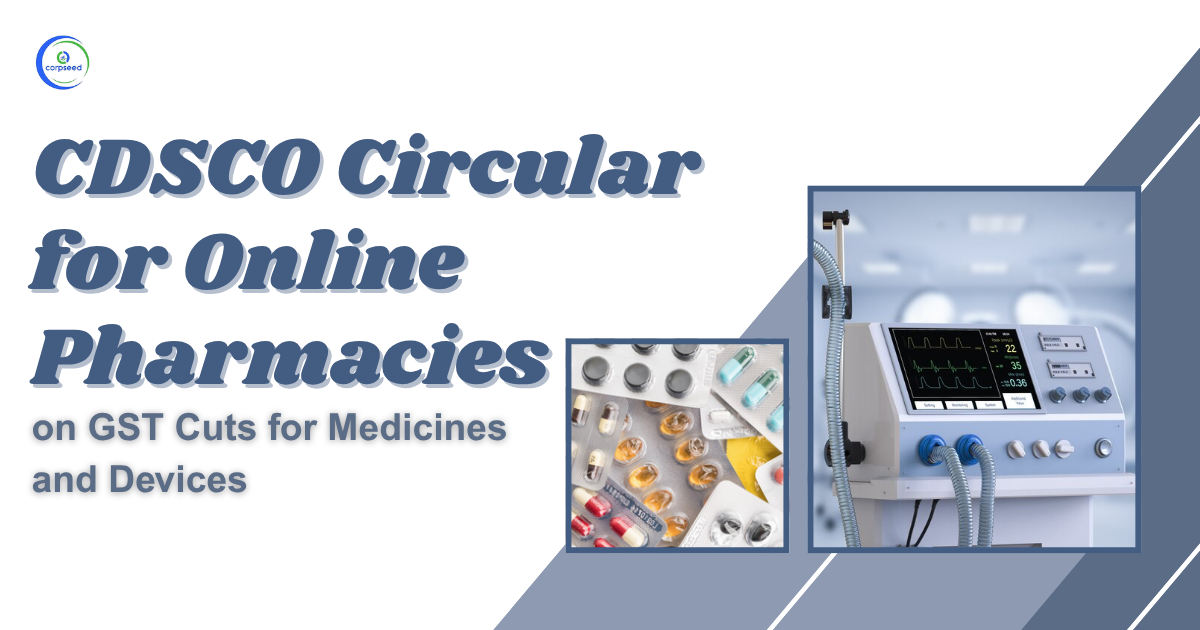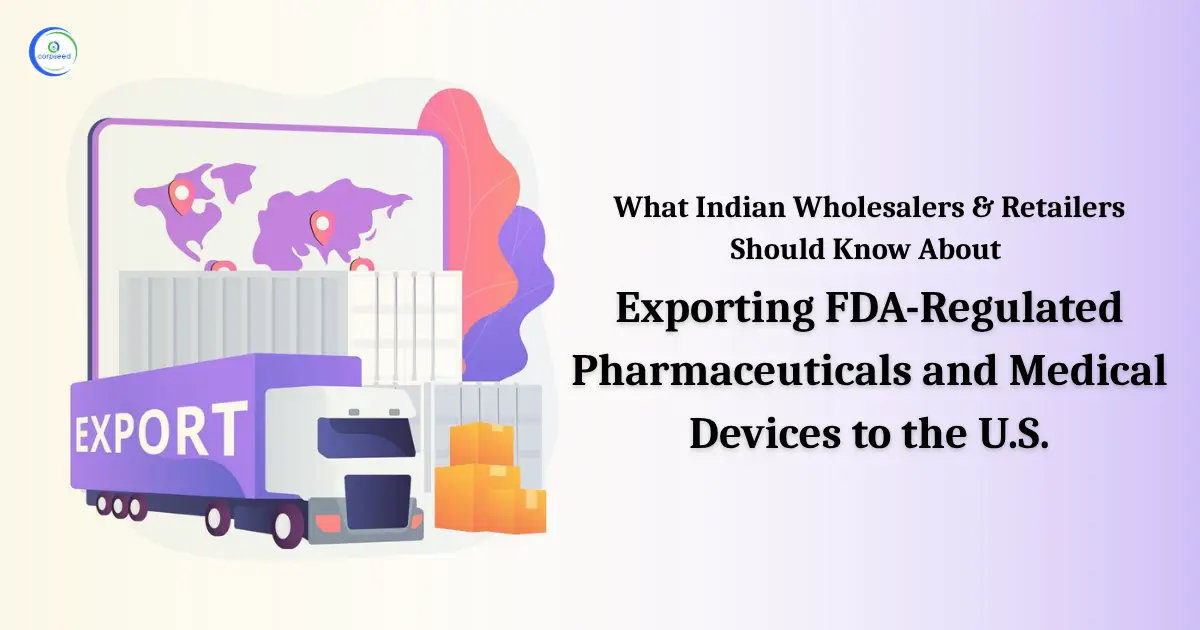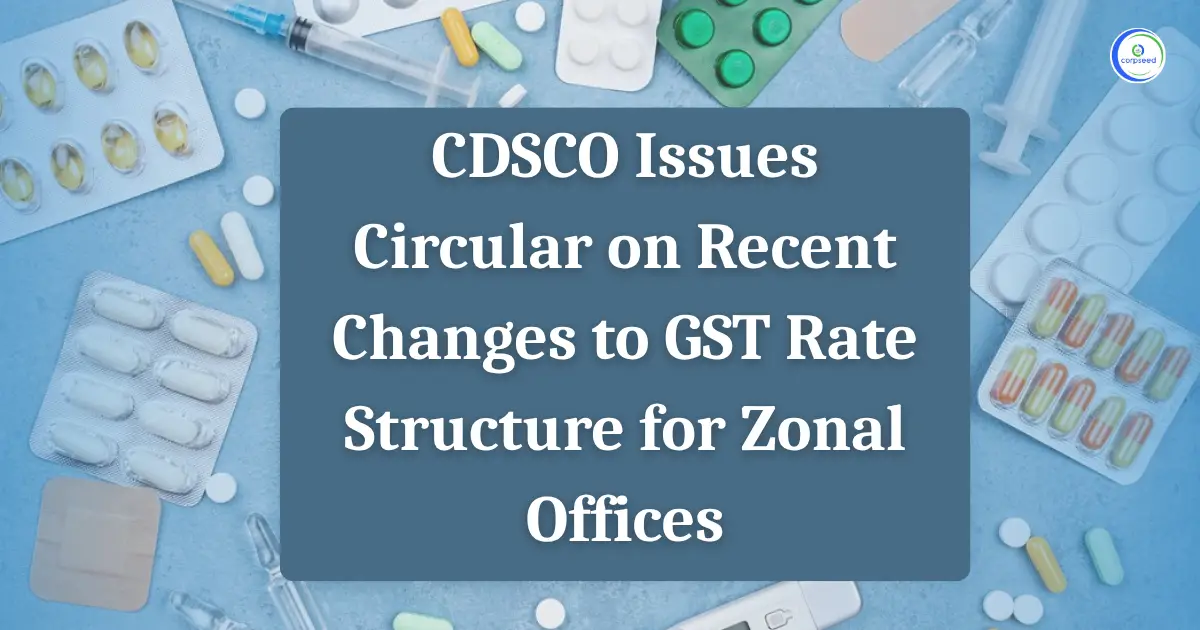A Comprehensive Guide to the GMP Guidelines for Pharmaceutical Manufacturers
GMPs are just one of the foundations of pharmaceutical production, as they aid in the uniform output and control of products according to set quality standards. Against the backdrop of growing needs for product safety, efficacy, and quality, the guideline document on GMP has been updated from time to time by regulatory bodies given emerging challenges and changed scenarios, incorporating technology advancements, and making the processes more efficient.
The latest revisions bring about important changes that need to be grasped and implemented effectively by manufacturers under GMP guidelines. This gives an overview of the broad changes to highlight principal changes, their implications, and strategies for their practical implementation.
Table of Contents
--------------Blog Contact Form-------------
Background and Importance of GMP
GMP guidelines are put in place to reduce risks associated with the manufacture of pharmaceutical products that cannot be test-intercepted at the finished product stage. The majority of these potential risks relate to cross-contamination, mix-ups, and deviations from standard procedures. GMP will address each issue right from the raw material used, premises, and equipment to the training and personal hygiene of the staff.
Key Changes in the Revised GMP Guidelines
Improved Quality Management Systems (QMS):
- Strong Documentation: Under the new guideline, more emphasis has been placed on documentation at each stage for traceability and accountability of products concerning their manufacture. It includes maintaining proper documentation for every process, its deviation, and the subsequent corrective actions.
- Continuous Quality Monitoring: A continuous quality monitoring system to identify and rectify problems in real time to ensure quality defects are prevented from reaching the final product.
- Risk Management Implementation: To incorporate the risk management principles in QMS to identify, assess, and minimize possible risks in advance.
Risk Management and Assessment:
- Risk-Based Approach: The revised guidelines advocate a stand for a risk-based approach for GMP. The companies are required to take into detail the assessment of possible risks during the whole process of production, proposing relevant controls that can help limit those risks. Conduct detailed risk assessments of new processes, technologies, or raw materials.
- Proactive Risk Management: It institutionalizes a proactive risk management culture where the Department is sensitive to the prevention of issues rather than responding to them. The above shall be facilitated through periodic risk assessments and review of risk management plans.
Data Integrity:
- Ensuring Data Reliability: There is an intense emphasis in the guidelines on data integrity, which solely ensures that all data must be accurate, consistent, and reliable. This includes putting controls in place to prevent data manipulation and assuring electronic records are secure and traceable.
- Comprehensive data management shall be ensured by the establishment of comprehensive data management systems, including periodic audits and reviews of data integrity practices. Ensure the reliability and accuracy of all the data associated with manufacturing, testing, and quality control.
Supply Chain Management:
- Supplier Qualification Processes: Ensure GMP compliance for all raw materials and components by strengthening supplier qualification processes. This shall be achieved by periodic audits of suppliers, and thorough records of supplier performance shall also be maintained.
- Supply Chain Transparency: Enhance the transparency across the supply chain through proper tracking systems, which can allow the tracing of materials and products by manufacturers along the chain in real-time and ensure that quality is as per GMP at all stages.
Validation and Qualification:
- Process Validation: All critical processes shall be adequately validated to establish their capability of producing products consistently to predefined specifications. This shall include the validation of new processes and re-validation of old ones in case significant changes are introduced.
- Equipment and System Qualification: This is meant to qualify all equipment and systems used in the manufacturing process to operate within specified parameters. This is facilitated by performing regular maintenance and calibration checks to keep the system at an optimum level of performance.
Personnel Training and Sanitation:
- More enhanced training programs for personnel associated with the process of manufacturing are a requirement of the guidelines. The staff will be made fully aware of the provisions of GMP and their role in maintaining the quality of the products.
- Good hygiene standards should be maintained to avoid contamination. This includes fully defined procedures of personal hygiene and training in hygiene practice regularly.
Environmental Monitoring:
- Controlled Environments: The manufacturing environments should be controlled and monitored to prevent the chances of contamination. This would include the continual measurement of air and water quality and rigorous cleaning procedures.
- Environmental Control Systems: There are advanced environmental control systems installed to achieve the optimum environment necessary for the manufacturing of pharmaceutical products. Some of the technologies used in this industry include HEPA filters and air handling units that help provide cleanroom conditions.
Use of Technology:
- Automation and Digitalization: Promote new technologies in automation and digitalization to bring about efficiency and accuracy. This shall be achieved by introducing the latest technologies, including Artificial Intelligence and the Internet of Things, for real-time monitoring and control.
- Advanced Analytics: Advanced analytics should be used to optimize processes and identify any probable issues that may affect product quality. It shall include predictive analytics in predicting equipment failure and hence ensuring corrective measures are taken in advance.
Benefits of New GMP Compliance
The revised GMP guidelines provide the following benefits to the pharmaceutical manufacturer:
- Quality Products: Enhancement of processes and tightening controls ensure that the manufactured pharmaceutical products are better in quality, which would, therefore, fulfill the regulatory requirements and customer demand.
- Regulatory Approval: Compliance with GMP is the precondition for gaining regulatory approval from agencies such as the FDA, EMA, and CDSCO that enable the pharmaceuticals to be marketed in the respective regions.
- Market trust: Following the principles of GMP means consumers, health professionals, and regulatory authorities will have increased confidence in the products produced by that manufacturer. That enhances reputation protection.
- Risk Mitigation: Proactively managed risk significantly reduces the possibility of product recalls and litigation, hence avoids brand reputation harm, therefore protects the manufacturer from financial and reputational damage.
Implementation Strategies for Good Manufacturing Practice (GMP)
The new GMPs call for meticulous planning, continuous improvement, and a search for competence in the introduction of novel technologies and practices in their implementation. Some of the strategies that can be implemented to ensure its successful implementation are as follows:
Gap Analysis:
Perform a gap analysis in detail, outlining areas wherein current practice does not satisfy the new GMP requirements. This goes right from the procurement of raw materials to the final release of the product, pinpointing gaps that need to be addressed.
Detailed Implementation Plan:
Establish a detailed implementation plan from the gap analysis that will dictate what steps need to be taken toward compliance. It should have timelines, responsible personnel, and specific actions to address each gap identified.
More Training and Educational Programs:
Conduct rigorous training programs for all employees so that they understand the new regulations and their responsibilities to abide by GMP. This translates to reregistration courses conducted at regular intervals and updated regulations or state-of-the-art practices.
Improved Systems of Documentation and Record-Keeping:
Establish efficient documentation systems that ensure records of all processes, changes, and deviations are accurate. This would pertain to the implementation of electronic record-keeping methods wherever feasible to enhance the integrity and access of data.
Invest in state-of-the-art technologies:
Stay ahead of the times, and invest in contemporary technologies that enhance the adherence to GMP. In its place, it refers to automation, real-time monitoring systems, and state-of-the-art analytics for improving process control and efficiency.
Regular Internal Audit and External Inspection:
Internal audits shall be held once in a while to check the adherence to following GMP guidelines. Be prepared for external inspections, and ensure that high standards are maintained throughout the year while responding to issues of concern as soon as possible.
Instill a Culture of Improvement:
Foster a culture of continuous improvement and constantly review and update the processes in line with emerging changes in the GMP guidelines and new technological developments. This shall include encouragement to the employees to identification and report potential areas of improvement.
Conclusion
The new GMP guidelines in the manufacture of pharmaceutical products are one giant step toward ascertaining a better quality and safety profile in the industry. This can be attained by introducing strong quality management systems, risk assessment practices, and more advanced technologies in its processes to achieve compliance and maintain product integrity. Therefore, in implementing these guidelines, what is required includes careful planning and continuous training, with a commitment to excellence. Ultimately, compliance with these standards is necessary not just to remain compliant but also to ensure that safe, effective, and quality medicinal products emerge at the end.
This portion of the site is for informational purposes only. The content is not legal advice. The statements and opinions are the expression of author, not corpseed, and have not been evaluated by corpseed for accuracy, completeness, or changes in the law.
BOOK A FREE CONSULTATION
Get help from an experienced legal adviser. Schedule your consultation at a time that works for you and it's absolutely FREE.


